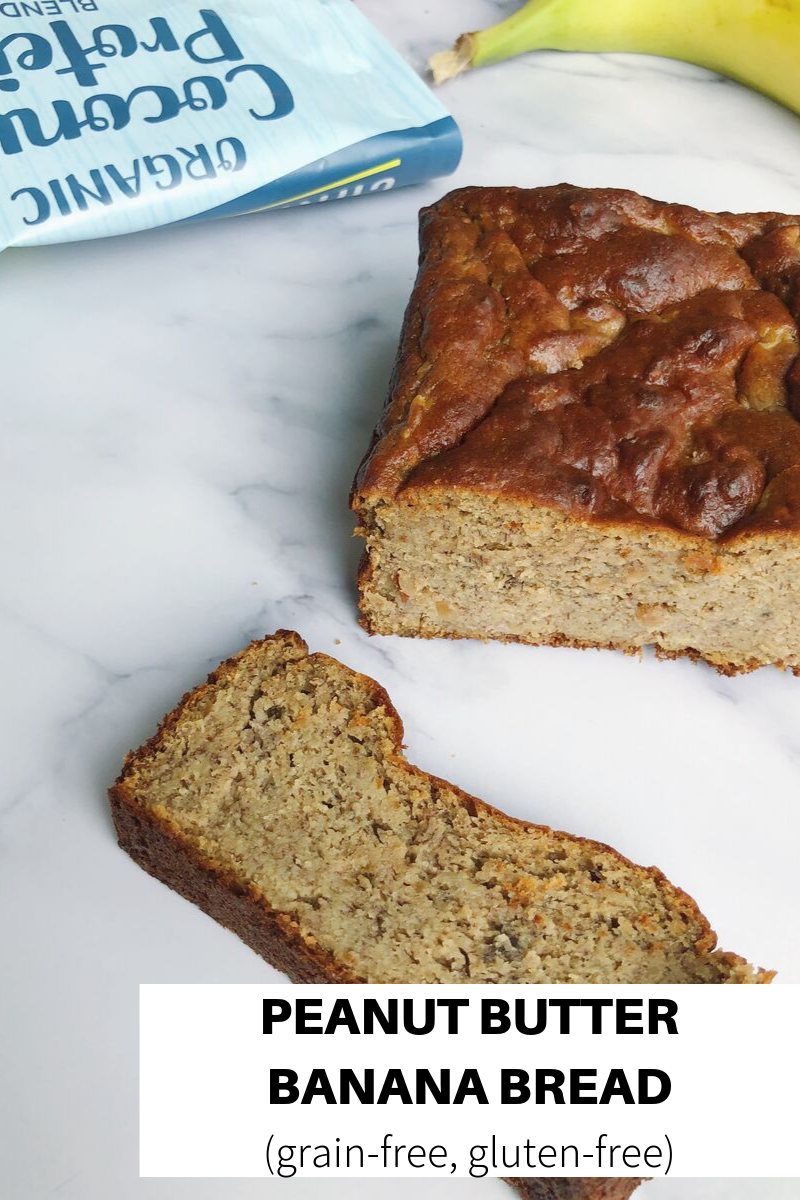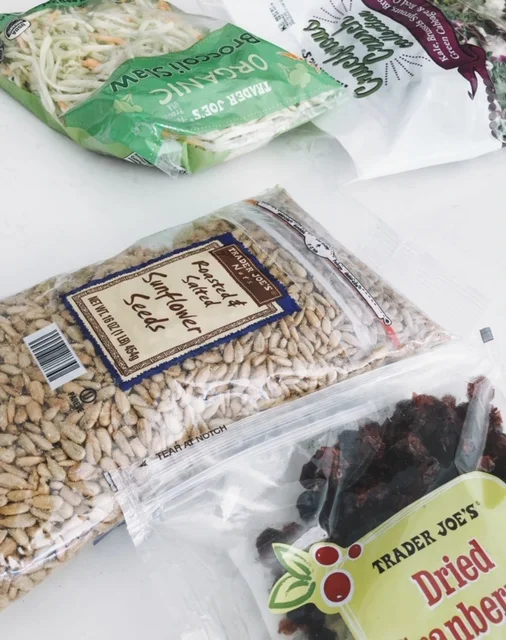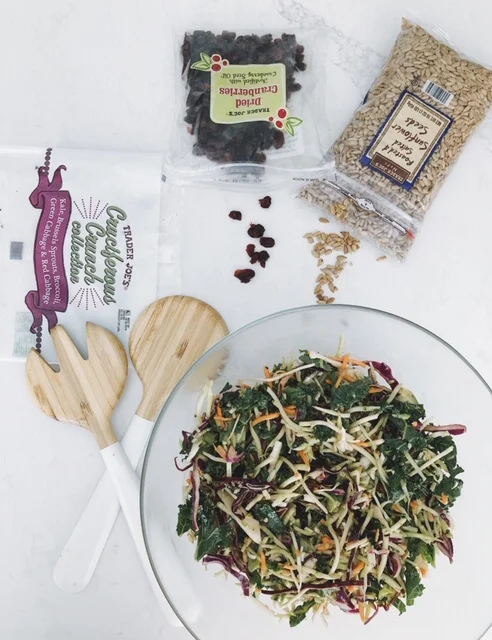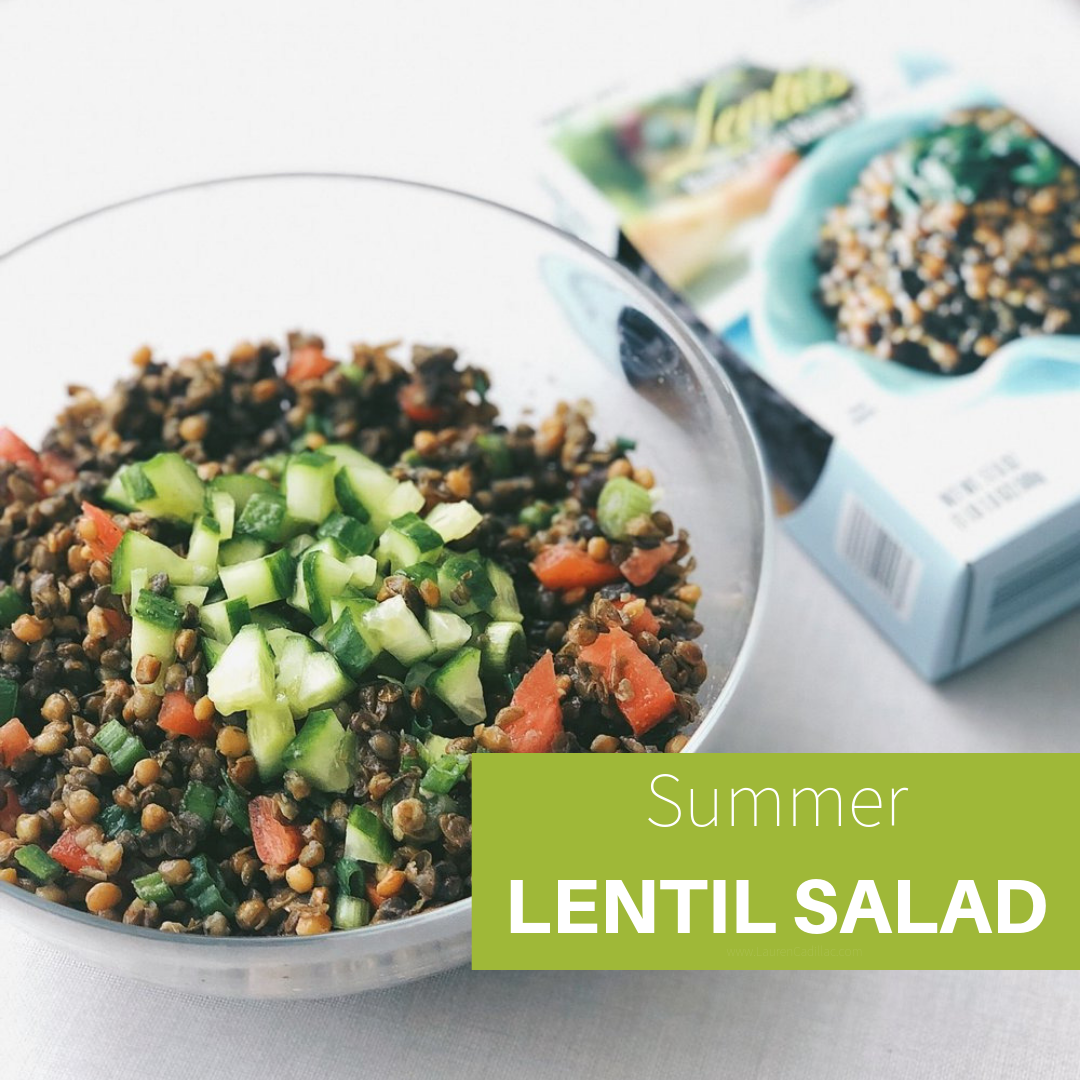Can I Lose Weight Doing Intuitive Eating?
/With the start of a new year comes new year resolutions, which for most people, tend to center around health. Perhaps you’ve tried diet after diet and are instead searching for another way to take back your health without eating 10 grams of carbs and nothing but pork rinds and steaks (cough cough keto). Perhaps during your searching you’ve come across the term Intuitive Eating. Whether Intuitive Eating is something you’ve just discovered or if it’s an approach you’ve been hearing about (I.e. my previous post or basically every post on my IG account @FeelGoodDietitian) most people that are new or unfamiliar tend to have the same question:
I think I get this question so often because people want to lose weight (either because they think it will improve their health or self-esteem or both), but recognize that diets don’t work. And I’ll be honest with you…when I first started Intuitive Eating, in the back of my mind I kind of hoped I would lose weight too!
How can you not? Our culture celebrates weight loss! But what I didn’t realize at the time, was that Intuitive Eating is not about the weight loss. In fact, it is a weight neutral approach, meaning weight loss is put on the backburner.
Still people fear that if they implement the 10 principles of intuitive eating , they’ll never be able to stop eating and will gain weight forever. (Rightfully so after we’ve been fed the lie that we can’t trust our bodies, we have to use portion control and must weigh and measure everything we eat!) This just simply does not happen. There are three things that can happen though when you start Intuitive Eating:
You lose weight
You gain weight
Your weight stays the same
For people that were extremely restrictive, overexercising, etc. it’s likely that in order to return back to health, their body may need to gain some weight. For people in a restrict, binge cycle, it is possible those individuals will lose weight as they reduce their bingeing behavior. For others, their weight might not change at all.
Everyone is different and things will vary from person to person. What’s important though is that we put weight loss on the back burner. That’s not what Intuitive Eating is about and focusing on it hinders your ability to listen to your body for guidance. Weight DOES NOT determine health and whether you gain, lose or stay the same, you can and will improve your health when you improve your relationship with food.
Your weight might go up and then down, or down and then up, or maybe just remain the same. Eventually though most people tend to settle into a place that is healthy for them.
This is usually the place your body settles into when you are no longer dieting, you’ve made peace with food, you are honoring your hunger and fullness, coping with your emotions without food, moving your body in a way that feels good to you and using gentle nutrition to guide your eating behaviors.
It’s the place where you can go out with friends without stressing over the menu; where you can go on vacation without fear of gaining weight; where you can eat without guilt, shame or penance.
Does this mean your body will never change? Nope? Bodies are meant to change! But remember, your size doesn’t determine your worth or your health - (which is a concept that is hard to accept in a culture that praises thinness)!
We come in all shapes and sizes - the diversity is what makes us so great! I like to give the example of different breeds of dogs. Do we expect Golden Retrievers to restrict their dog food or exercise excessively so they can look like Greyhounds? Of course not! Just because Golden Retrievers don’t look like Greyhounds doesn’t mean they aren’t awesome!
It can be extremely hard to accept that perhaps what you consider to be your “ideal body” is not what is written in your genetic blueprint. But when you learn to appreciate your body and reject the diet mentality, that’s where true health is achieved; and where life tends to get a lot more fun!
If you would like to get started on your own Intuitive Eating journey, apply here for 1-on-1 coaching.
































